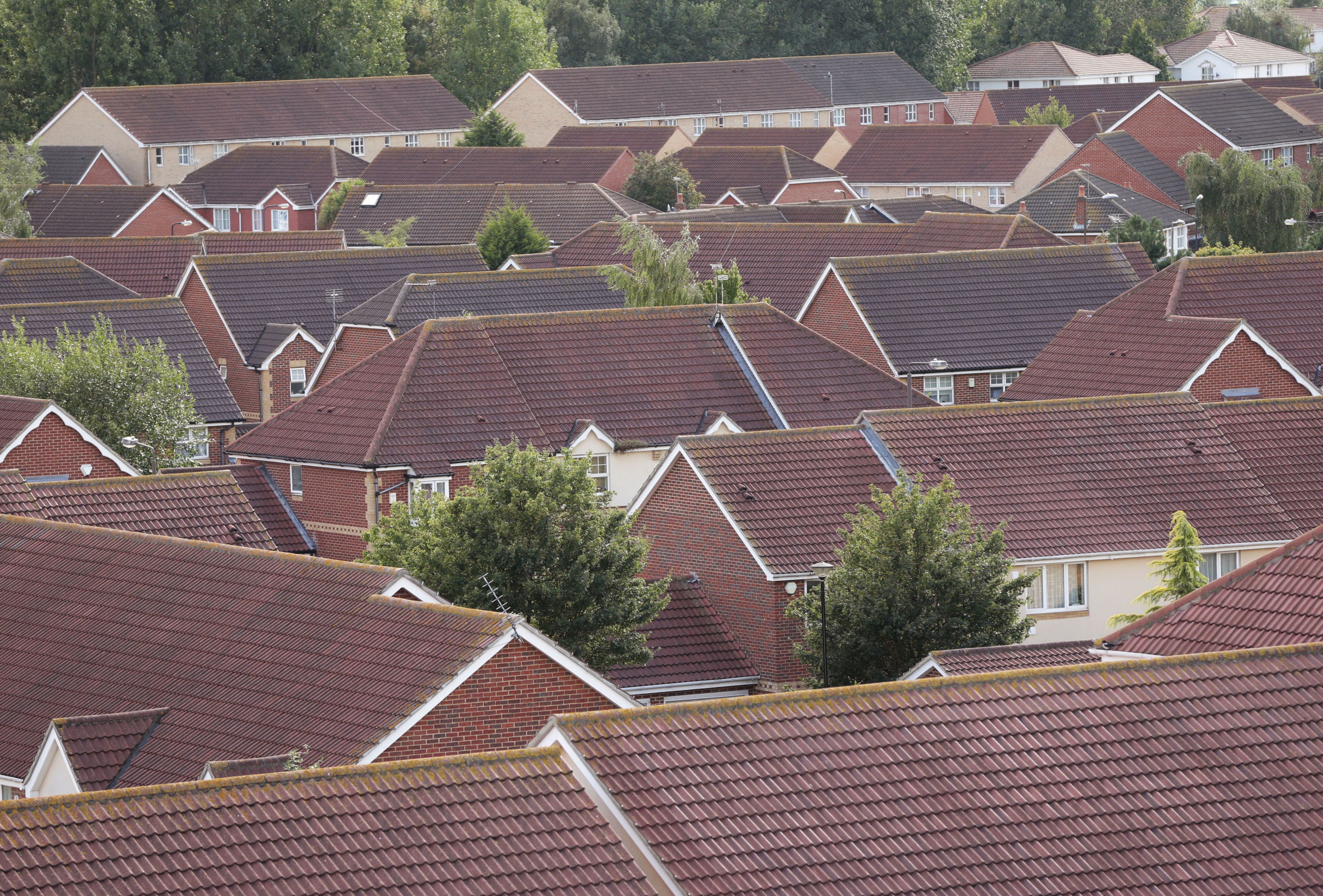Average UK house price passes £250,000 mark
The average house price in October was £250,311, marking a 9.9% annual increase and a 0.7% month-on-month uplift, Nationwide Building Society said.

The price of a typical UK home has topped a quarter of million pounds for the first time, according to an index.
The average house price in October was £250,311, marking a 9.9% annual increase and a 0.7% month-on-month uplift, Nationwide Building Society said.
Robert Gardner, Nationwide’s chief economist, said: “The price of a typical UK home has now passed the £250,000 mark, an increase of £30,728 since the pandemic struck in March 2020.”
Mr Gardner said demand for homes has remained strong, despite the expiry of the stamp duty holiday at the end of September.
He continued: “Indeed, mortgage applications remained robust at 72,645 in September, more than 10% above the monthly average recorded in 2019. Combined with a lack of homes on the market, this helps to explain why price growth has remained robust.
“The outlook remains extremely uncertain. If the labour market remains resilient, conditions may stay fairly buoyant in the coming months – especially as the market continues to have momentum and there is scope for ongoing shifts in housing preferences as a result of the pandemic to continue to support activity.
“However, a number of factors suggest the pace of activity may slow. It is still unclear how the wider economy will respond to the withdrawal of Government support measures.
“Consumer confidence has weakened in recent months, partly as a result of a sharp increase in the cost of living.”
Mr Gardner said there has been increased speculation that the Bank of England will increase interest rates in the coming months.
He said: “Investors expect bank rate to be increased from its current record low of 0.1% before the end of the year – most likely to 0.25% or 0.5% – and perhaps reaching 1% within a year, though markets project they will remain close to that level in five years’ time.
“Providing the economy does not weaken significantly, the impact of a limited rise in interest rates on UK households is likely to be modest. This is partly because only a relatively small proportion of borrowers will be directly impacted by any change.
“Most lending on personal loans and credit cards is on fixed rates or tends to be unaffected by movements in the bank rate. Similarly, the vast majority of new mortgages have been extended on fixed interest rates in recent years.”
He said a 0.4 percentage point increase in rates to 0.5% “is likely to have a modest impact on most borrowers who are on variable rates”.
English Housing Survey data showed that in 2019 around 10% of homeowners spent more than 30% of their gross income on their mortgage each month
“For example, on the average mortgage, an interest rate increase of 0.4% would raise monthly payments by £28 to £625 (or around £335 extra per year), though a rise of bank rate to 1% would see typical payments go up by a more substantial £64 to £660 (more than £760 per year approximately).”
He added: “It’s important to note that a small proportion of households already have a relatively high debt service burden.
“For example, English Housing Survey data showed that in 2019 around 10% of homeowners spent more than 30% of their gross income on their mortgage each month.
“For those households, some of whom will be on variable rates, any rate rise will be a struggle, especially given the broader increase in the cost of living, even though the impact on the wider economy and most households is likely to be modest.”